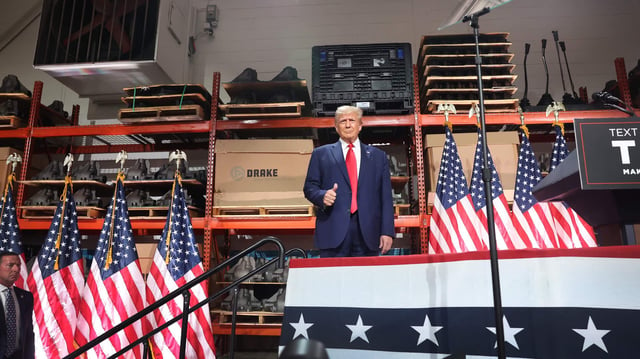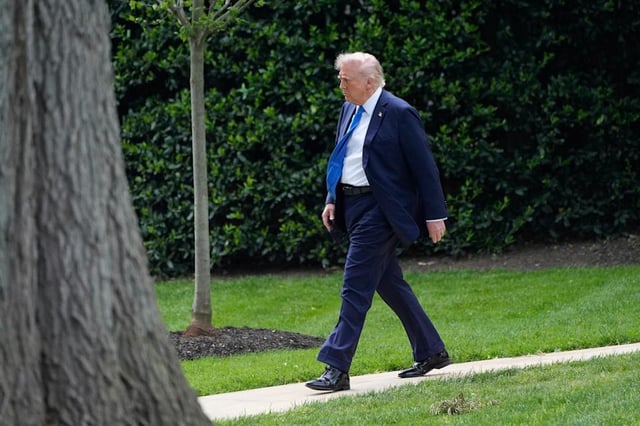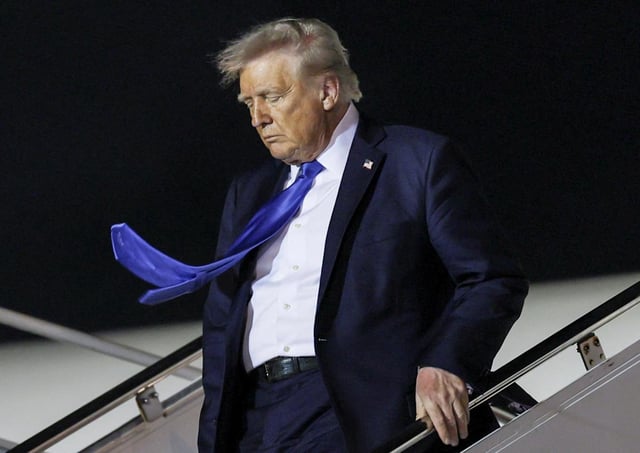Overview
- President Trump’s ‘External Revenue Service’ plan proposes eliminating income taxes for individuals earning under $200,000, funded by significantly higher import tariffs.
- Economists and analysts argue that even a 50% tariff on imports would generate only $1 trillion annually, far short of the $2.4 trillion collected through federal income taxes in 2024.
- Non-partisan estimates suggest more modest tariffs, such as 15% or 20%, would raise substantially less revenue, further widening the gap between projected and required funding.
- Critics warn that steep tariffs could lead to reduced imports, foreign retaliation, higher consumer prices, and a contraction in GDP, as seen with a recent 0.3% decline attributed partly to existing tariffs.
- While Trump touts the plan as a revival of 19th-century tariff-based revenue systems, legal experts note that cutting income taxes requires congressional approval, adding significant political hurdles.


